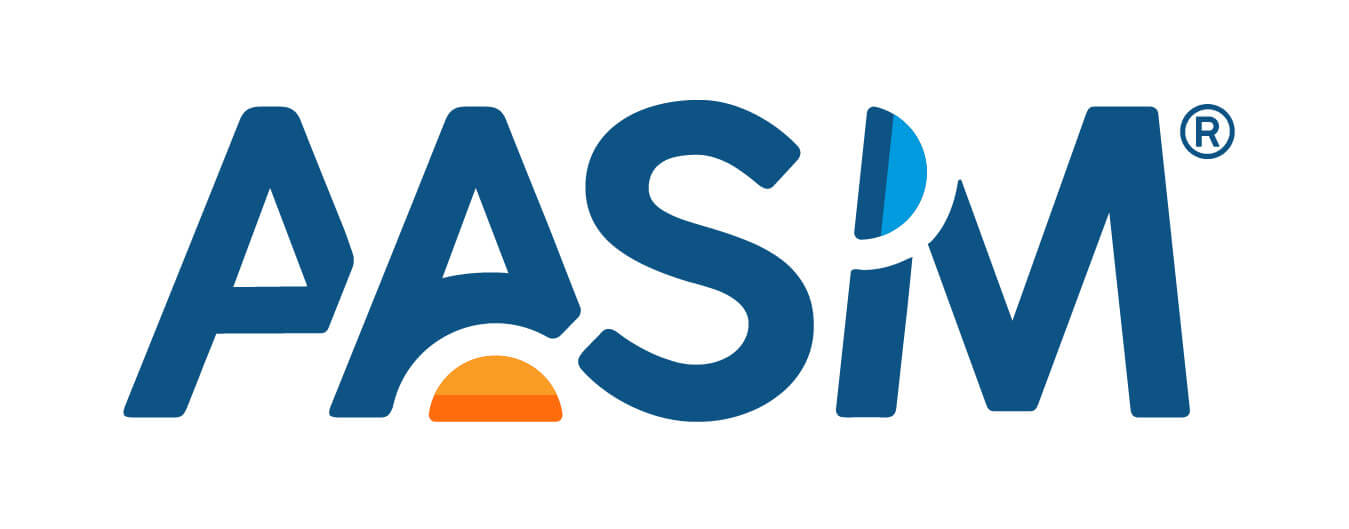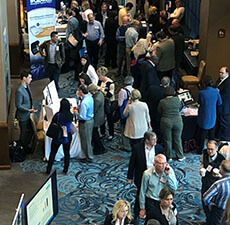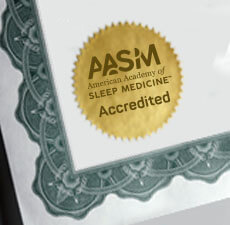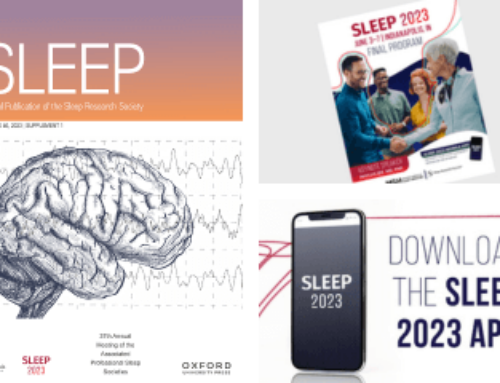EMBARGOED FOR RELEASE: June 9, 2009, at 12:01 a.m.
CONTACT:
Kelly Wagner
(708) 492-0930, ext. 9331
WESTCHESTER, Ill. – According to a research abstract that will be presented on Tuesday, June 9, at SLEEP 2009, the 23rd Annual Meeting of the Associated Professional Sleep Societies, patients suffering from chronic primary insomnia (PIs) have higher levels of brain activation compared to normal sleepers during a working memory test.
Results show that PIs use increased brain activation relative to good sleepers during the working memory task, particularly in areas responsible for visual-spatial attention and coordination of cognitive processes. This activation may explain how PIs maintain performance on the task despite their sleep difficulties. PIs also were found to have decreased activation in visual and motor areas, which may suggest that PIs have higher baseline activation in these regions relative to good sleepers.
According to principal investigator Henry Orff, MS, at the University of California in San Diego, Calif., these findings show that PIs, like individuals who are acutely sleep deprived, may be able to maintain performance on different tasks if they are able to compensate with increased brain activation.
“The good news is that patients with insomnia are probably able to function well in their daily lives and likely do not show significantly impaired performance,” said Orff. “That said, patients may have to work, concentrate, and attend more to tasks than people who sleep well.”
The study included 12 people with primary insomnia (six females) with an average age of 39.4 years, and nine good sleepers (four females) with an average age of 35.7 years. Performance was compared between the two groups on a working memory task. Functional MRIs (FMRI) taken during the task also were compared. Behavioral performance was measured by reaction time for correct responses, number of correct responses, and number of errors committed.
The authors state that they do not know yet whether the findings suggest potential long-term implications for cognitive functioning in the future if primary insomnia is left untreated.
More information can be found about insomnia at: http://www.sleepeducation.com/Disorder.aspx?id=6.
The annual SLEEP meeting brings together an international body of 6,000 leading researchers and clinicians in the field of sleep medicine to present and discuss new findings and medical developments related to sleep and sleep disorders.
More than 1,300 research abstracts will be presented at the SLEEP meeting, a joint venture of the AASM and the Sleep Research Society. The three-and-a-half-day scientific meeting will bring to light new findings that enhance the understanding of the processes of sleep and aid the diagnosis and treatment of sleep disorders such as insomnia, narcolepsy and sleep apnea.
Abstract Title: Insomnia patients show increased cerebral activation when compared to good sleepers during an NBack working memory task
Presentation Date: Tuesday, June 9
Category: Sleep Disorders – Insomnia
Abstract ID: 0779
Abstract ID: 0779
###








